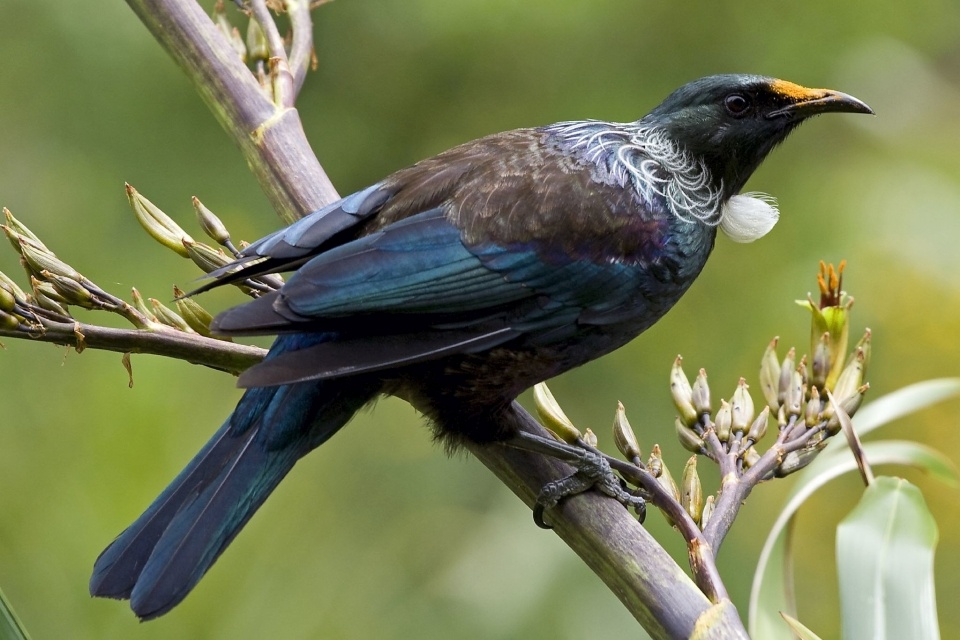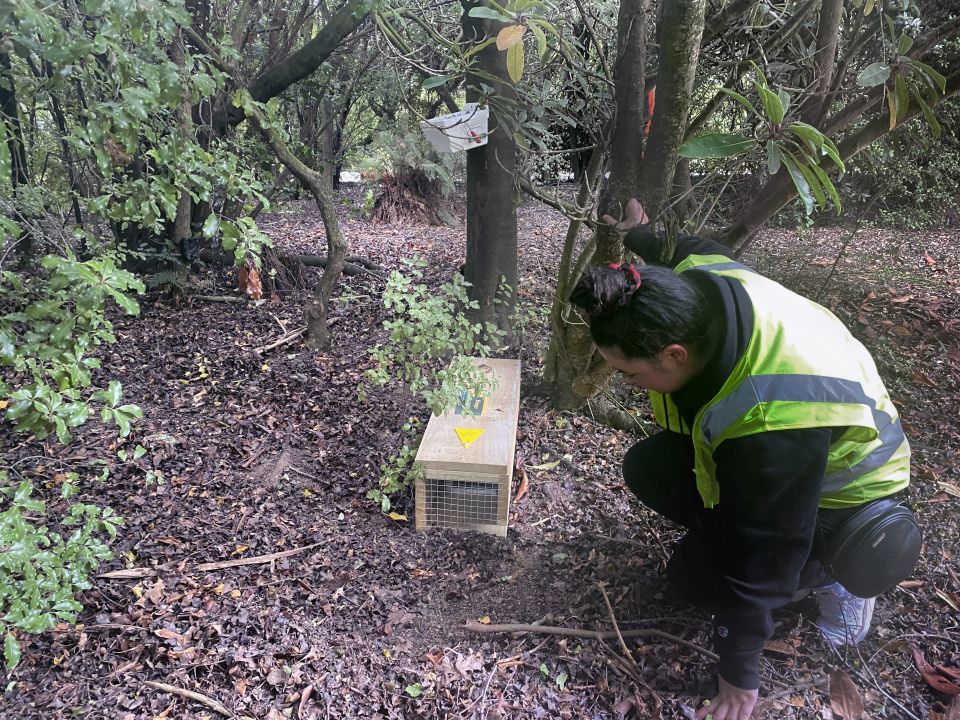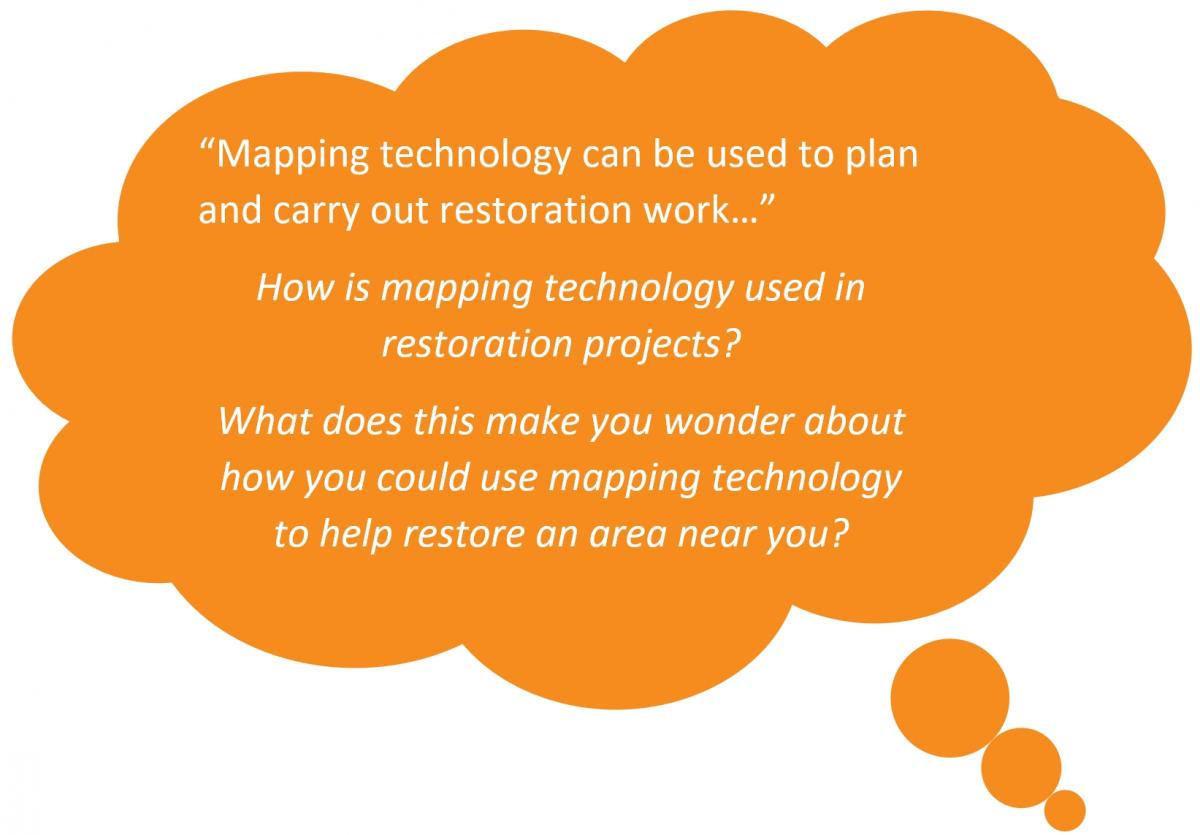You can contact LEARNZ, part of CORE Education, at:
Postal Address:
PO Box 13 678,
Christchurch 8141,
New Zealand

Kia taurikura ai. Kia haumako ai ko te taiao mo te apōpō
Let the land be prosperous and fertile for future generations.
The vision for this project is to restore the mana of Hokonui, nourishing the whenua and its people. Ngā puke o Hokonui - the Hokonui Hills lie between Winton and Gore in Murihiku Southland. This area is home to many native species. It has physical and spiritual significance for Te Rūnanga o Hokonui - Hokonui Rūnanga, tying them to their tipuna and whenua. Many Southlanders value the area for recreation and natural beauty.
The project aims to enhance the mana of the landscape through protection and restoration of biodiversity, while also building life opportunities for local people through kaitiakitanga and cultural re-connection with the hills.

The Hokonui Hills contain populations of many native bird species, with tūī, kākāriki, pihipihi, korimako, pīwakawaka, riroriro, kākā, kawekaweā long-tailed cuckoo, karearea, tītīpounamu, and Mātātā fernbird all being recorded within the project area. It is also home to the nationally important green skink, deciduous tree daisy and fierce lancewood.
The Hokonui Hills restoration project aims to:

Possums browse sensitive plants while other introduced pests such as rats, stoats, ferrets and feral cats’ prey upon native birds, bats, lizards and invertebrates. Weeds invade forest edges, while animals such as deer and pigs limit seedling growth damaging the understorey. More predator control is needed to restore this habitat to a biodiversity-rich area.
Pest control work will focus mainly on possums, with mustelid control in some areas. Activities will expand in later stages to include species such as rats.
A monitoring programme for native plants and animals will be developed and used throughout the project to ensure goals are being met. This monitoring will also help to identify the best sites for restoration work.
The restoration team will be using a new app to record native seed data. This seed collection technology developed by LINZ is helping support the expansion of Te Rūnanga o Hokonui’s seedbank and nursery allowing habitat to be restored through the planting of native eco-sourced seeds (seeds from the local area that are adapted to local conditions).
This project also includes a programme to train local people so they can work to improve the natural environment now and in the future.
The project is delivered by the Hokonui Rūnanga in partnership with Toitū Te Whenua Land Information New Zealand (LINZ). It is one of many funded by LINZ Jobs for Nature. You can find out about similar projects here.
Complete the Hokonui Restoration Project quiz >
> Discover more about mapping technology and restoration